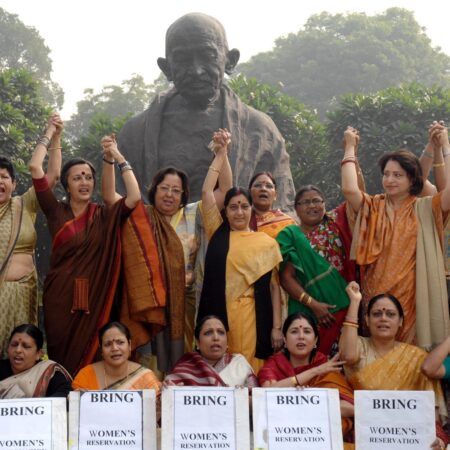
The residential building belonged to a business controlled by the family of Union minister Narayan Rane, and the Bombay High Court ordered the Brihanmumbai Municipal Corporation (BMC) to tear down the unlawful parts of the building within two weeks. The court found that the bungalow had broken both the Coastal Regulation Zone (CRZ) and Floor Space Index (FSI) regulations.
While dismissing the plea asking for orders to the BMC to examine the second regularisation application, the bench of Justices RD Dhanuka and Kamal Khata also imposed a fee of Rs. 10 lakhs. Within two weeks, this sum must be submitted with the Maharashtra State Legal Services Authority (MALSA).
The bench also stated that since it would “promote wholesale unauthorised development,” the BMC cannot be authorised to examine and grant the second application submitted by a firm owned and operated by the Rane family to regularise the illegal construction.
“Any such order passed by this Court would amount to encouragement of the wholesale unauthorised construction carried out in fragrant violation of the Municipal Corporation Act, Maharashtra Regional Tow, and other relevant laws, if the application made by the petitioners for retention/regularization is allowed to be considered by the corporation, who is bent upon considering and allowing such an application regardless of the extent of violation of provisions of law committed by the petitioners.
In its petition, Kaalkaa Real Estates Pvt Ltd, a subsidiary of Rane’s family business, asked the BMC for instructions on how to handle a fresh application for regularisation of a house in Mumbai’s Juhu neighbourhood.
In accordance with Section 342 of the MMC Act, which requires alerting the Commissioner of any alterations or additions to an existing building, the firm submitted a new regularisation application before the BMC.
In order to file an appeal with the Supreme Court, Rane’s attorney Shardul Singh urged the court to postpone its decision for six weeks. However, the plea was turned down by the bench.
In March, the BMC sent Kaalkaa a notice demanding that it dismantle any suspected illegal construction on the property within 15 days, failing which the corporation will destroy the affected areas and seek reimbursement from the owners/occupants.
This notice was contested in front of the high court, which protected the building from demolition until June 24 while the BMC considered Rane’s regularisation application.
The BMC then denied the request for regularisation on June 3. Rane petitioned the high court for immediate redress since the high court’s protection was about to expire.
Rane’s suit against the BMC rejection judgement was dismissed by the high court on June 23. Following this, Rane requested guidance from the high court in a second application before the BMC.
The court inquired if a comparable second application under the Mumbai Municipal Corporation (MMC) Act would be initially viable when the petition pertaining to the second application came up for consideration.
The BMC replied that the Rane family-owned business might submit a second application for regularisation, which the local body would take into consideration in line with the terms of current statutes and rules.
The prior regularisation application had not only been denied on the merits by the BMC, but it had also been affirmed by the high court in a lengthy judgement, thus the Bench was not happy with the decision.
After carefully considering the petition, the bench concluded that because the civic body didn’t appear to be opposed, it was up to them to decide if such an unauthorised structure could be approved by the authorities.
Read More: BANK LOAN- who liable to pay on borrowers’ departure













